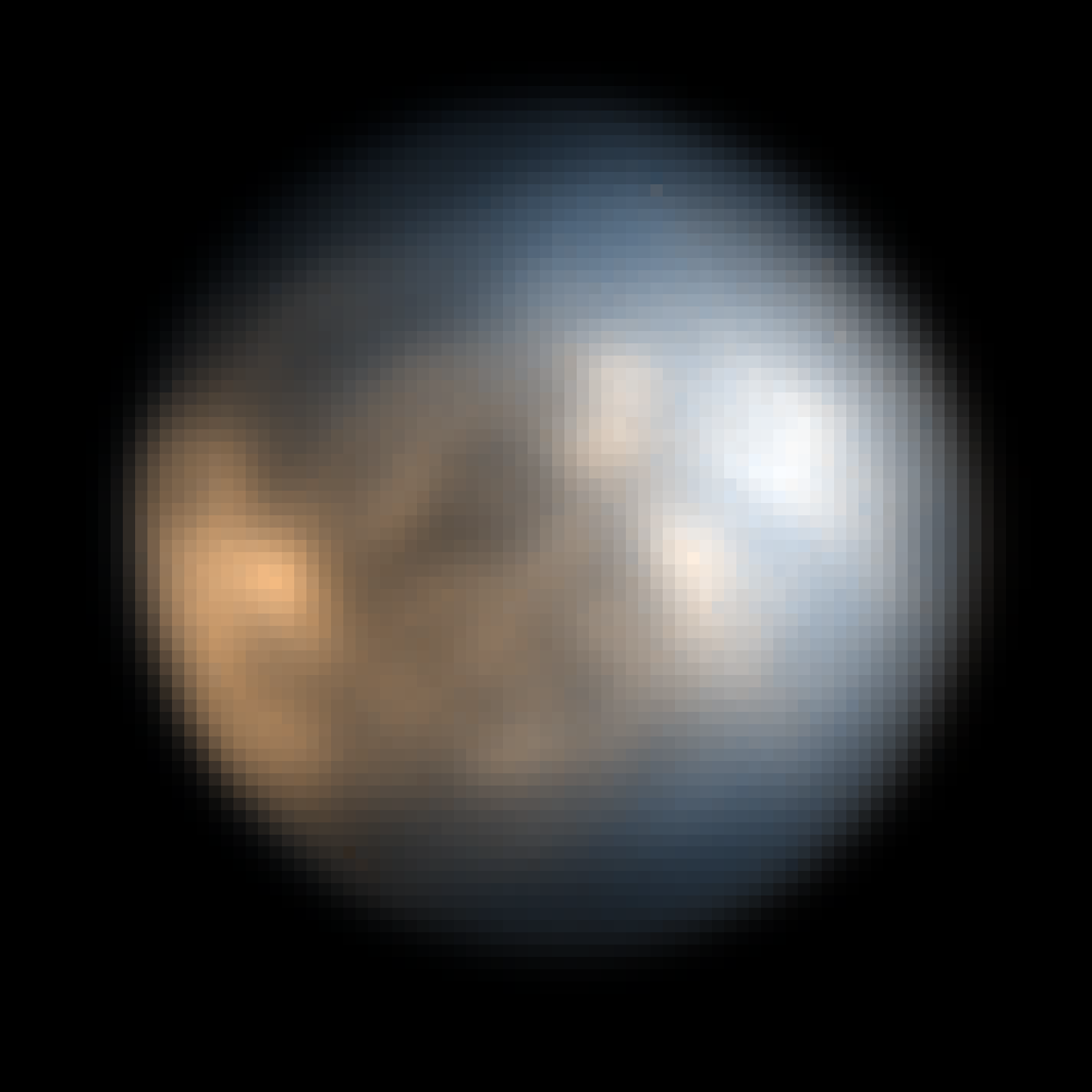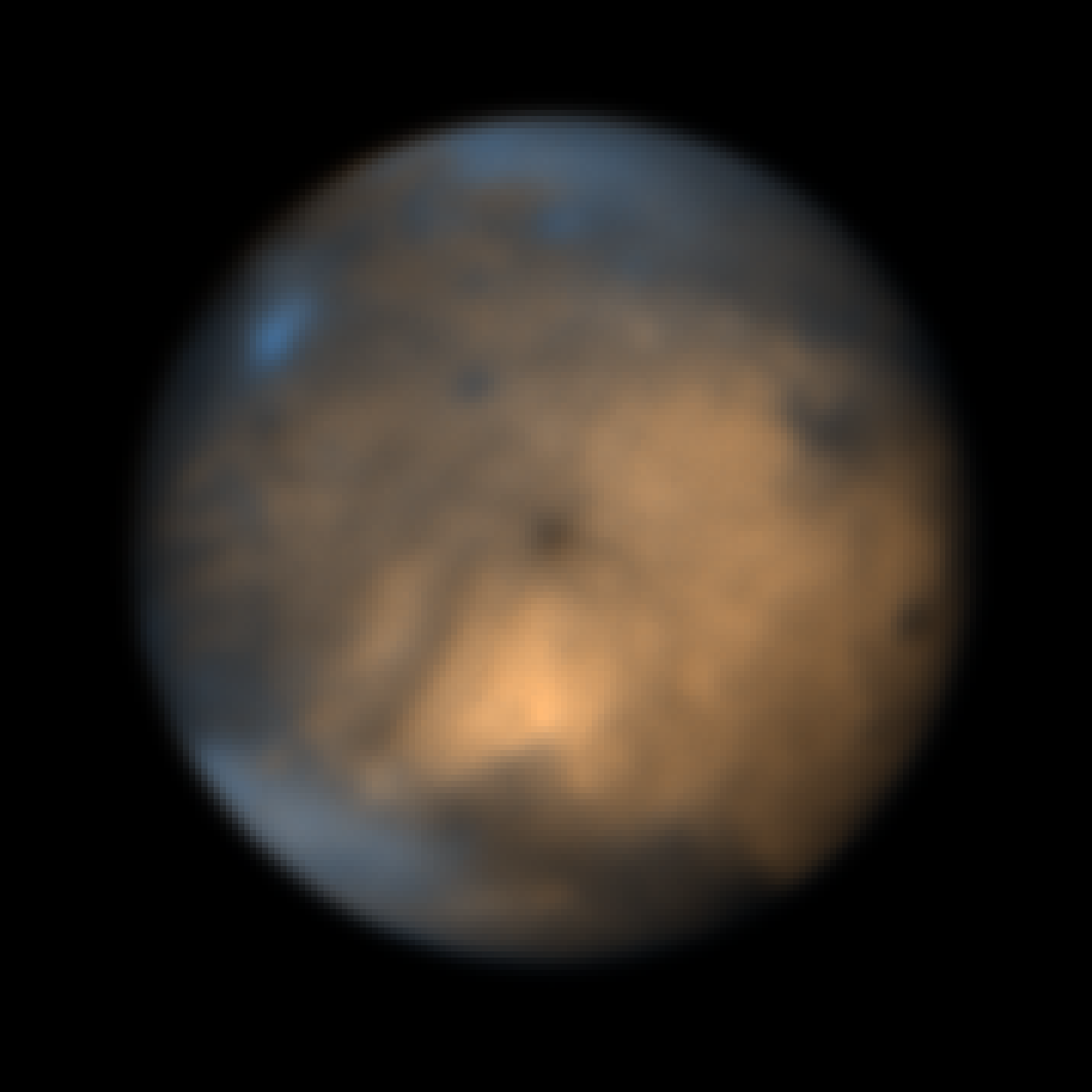Jupiter’s icy moon Europa and Ganymede will soon be visited by more spacecraft that will certainly uncover their secrets. Planetary scientists are not idling waiting though. Juno is keeping them busy as it flies around Jupiter and we have Earth-based telescopes carrying out long-distance observations. Now, astronomers have released the sharpest views yet of these Jovian moons captured from Earth, revealing new insights into their chemical composition.
The observation of Jupiter’s smallest Galilean moon Europa shows that the icy world, roughly the size of our Moon, is covered with water ice with some external non-icy contaminants. Some of it has been possibly thrown out by the neighboring moon Io, the only known place outside of Earth with active volcanos.
“We mapped the distributions of the different materials on the surface, including sulphuric acid frost which is mainly found on the side of Europa that is most heavily bombarded by the gases surrounding Jupiter,” lead author Oliver King from the University of Leicester School of Physics and Astronomy said in a statement.
“The modelling found that there could be a variety of different salts present on the surface, but suggested that infrared spectroscopy alone is generally unable to identify which specific types of salt are present.”

Europa is the smallest of Jupiter’s four largest moons, and one of the most promising places in the Solar System to search for life. Image credit: ESO/King & Fletcher
The observations of Ganymede highlight how the terrain of the moon can be divided in two: young water-ice-rich terrain and old terrain with unknown compositions. Salts are expected to litter the surface of this icy world.
The icy moons were imaged in the infrared using the SPHERE instrument on European Southern Observatory’s (ESO) Very Large Telescope, located in Chile.
“This has allowed us to carry out detailed mapping of Europa and Ganymede, observing features on their surfaces smaller than 150 km across – all at distances over 600 million kilometres from the Earth,” King added. “Mapping at this fine scale was previously only possible by sending spacecraft all the way to Jupiter to observe the moons up-close.”

Ganymede is the largest of Jupiter’s Galilean moons, and the ninth largest object in the Solar System. Image credit: ESO/King & Fletcher
Ganymede is the only known moon to have a magnetic field, which can cause auroras, bright ribbons of glowing gas that circle the moon’s poles.
Senior author Professor Leigh Fletcher is involved with the two missions that will explore these moons: ESA’s Jupiter Icy Moons Explorer (JUICE) and NASA’s Europa Clipper mission.
“These ground-based observations whet the appetite for our future exploration of Jupiter’s moons,” Professor Fletcher said.
The study on Europa is published in the Planetary Science Journal and the study on Ganymede is accepted for publication in JGR: Planets.
Source Link: Sharpest Views of Juiter’s Moons Europa And Ganymede Captured From Earth